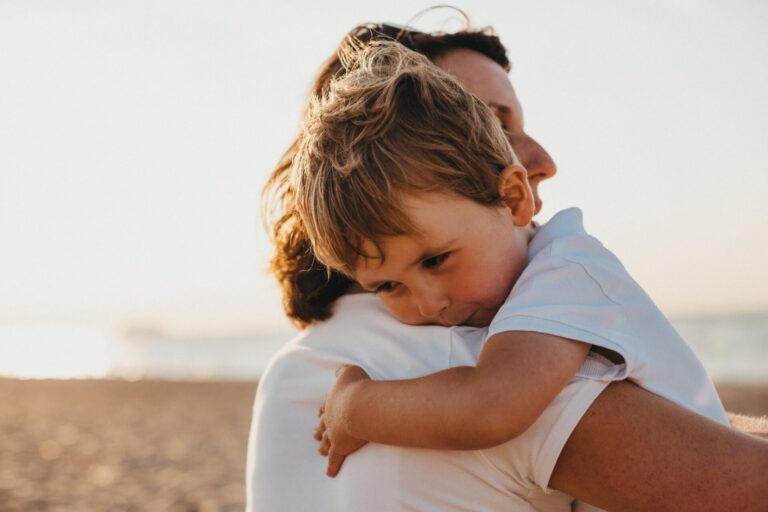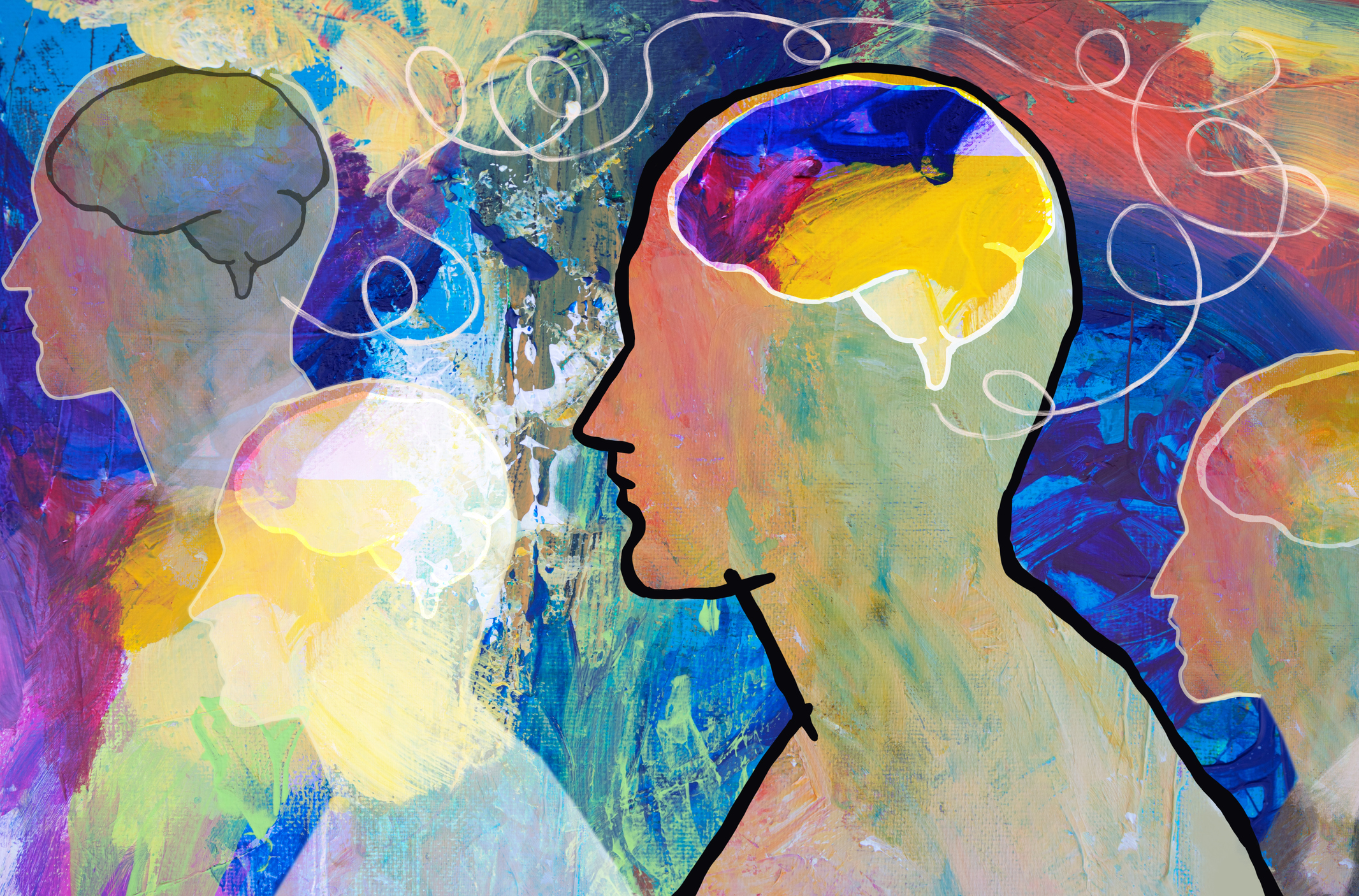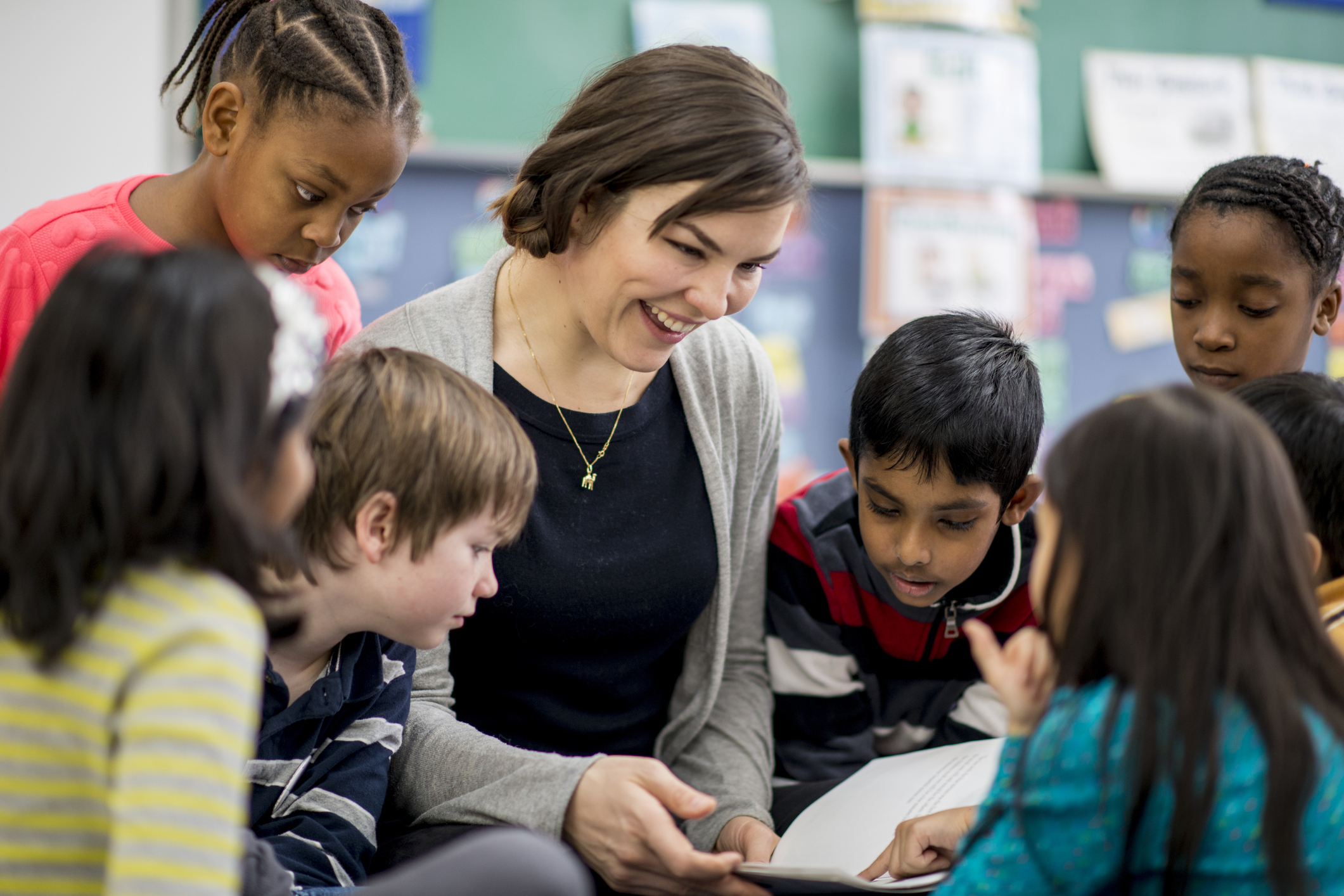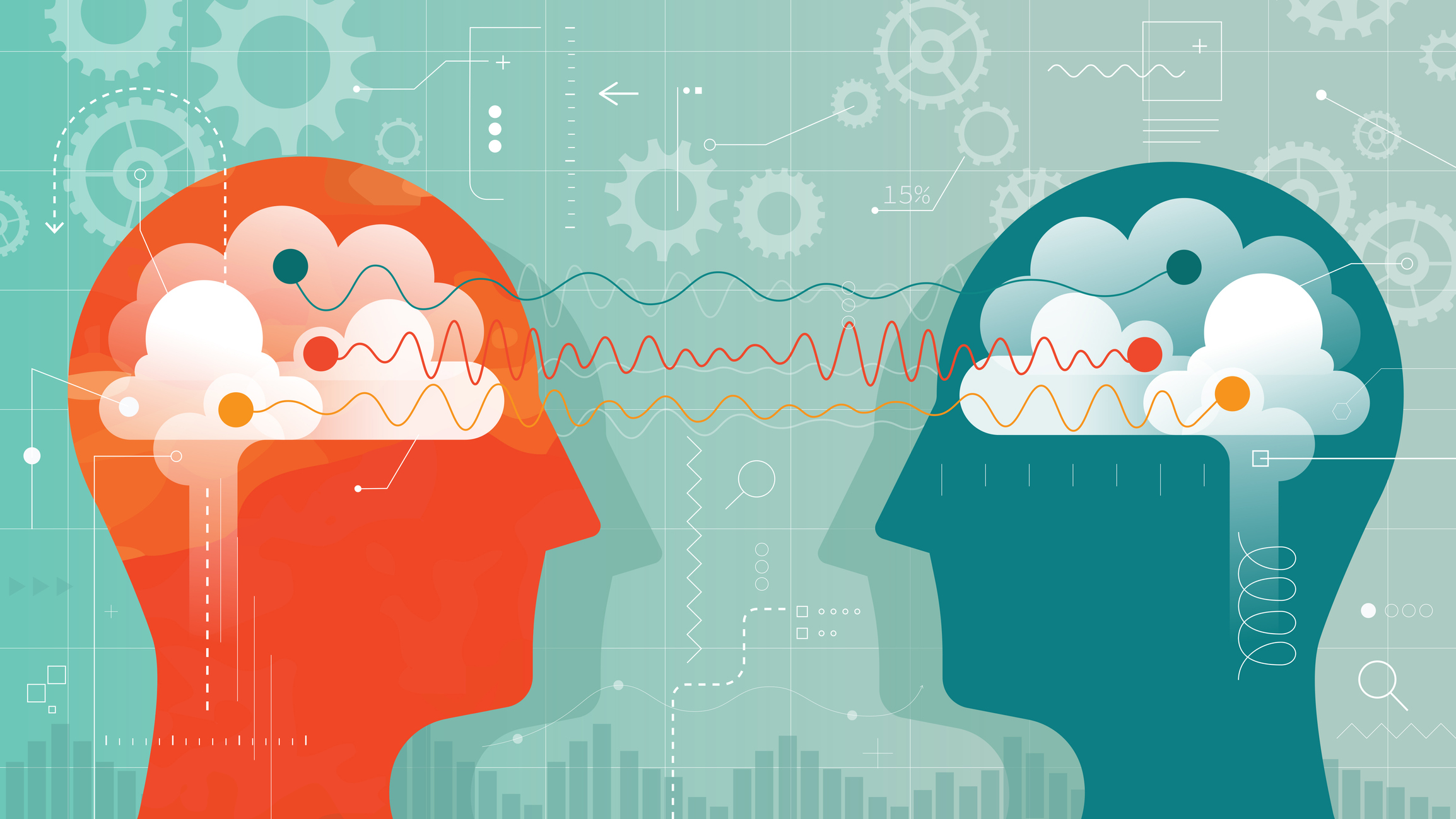Co-regulation is a vital concept that revolves around how adults and children interact and maintain emotional balance. It plays a crucial role in ensuring both parties’ nervous systems are in sync, leading to better outcomes. This article will explore the intricacies of co-regulation and how it impacts our relationships.
The Complexity of Co-Regulation
Co-regulation encompasses the dynamic interplay of nervous systems between an adult and a child. It involves the ability to recognise and respond to the child’s autonomic nervous system’s cues, such as shifts between sympathetic (fight-or-flight), dorsal (shutdown), and ventral (social engagement) states.
Understanding Nervous System States
- Sympathetic State: This is the fight-or-flight response, characterized by heightened alertness and stress. Recognising signs of sympathetic arousal in a child can be crucial.
- Dorsal State: Dorsal vagal activation represents a state of emotional shutdown or dissociation. Children in this state may withdraw or become emotionally distant.
- Ventral State: The goal of co-regulation is to help a child reach the ventral vagal state, where they feel safe and connected. This state allows for healthy engagement and connection.
Co-Regulation Strategies
Effective co-regulation requires adults to employ various strategies tailored to the child’s nervous system state. Notably, what works for one child may not work for another. Here are some strategies:
- Self-Care Plans: Both parties should have personalised self-care plans that align with their unique nervous system responses. For some, meditation might be nourishing, while others may find solace in reading or spending time by the ocean.
- Touch: Touch can be a powerful co-regulator when used thoughtfully. Placing a hand between the child’s shoulder blades, for instance, has been shown to activate ventral vagal energy, promoting a sense of safety.
- Expressive Therapies: Activities like drumming, dancing, playfulness, and creativity can help clients enter the ventral state. These activities are particularly effective when shared with another person, fostering connection and co-regulation.
Co-Regulation in Children
Children are highly sensitive to their environment and often manifest dysregulation visibly. It’s crucial for adults to consider the impact of parental regulation. If parents are dysregulated, children may struggle to find a secure anchor for their own regulation.
Conclusion
Co-regulation is a multifaceted concept that underpins the effectiveness of our relationships. It involves understanding the child’s nervous system states, employing suitable co-regulation strategies, and creating a safe environment for children. By embracing co-regulation, we can provide a nurturing and healing space for a child to embark on their therapeutic journey, leading to better mental and emotional well-being.







